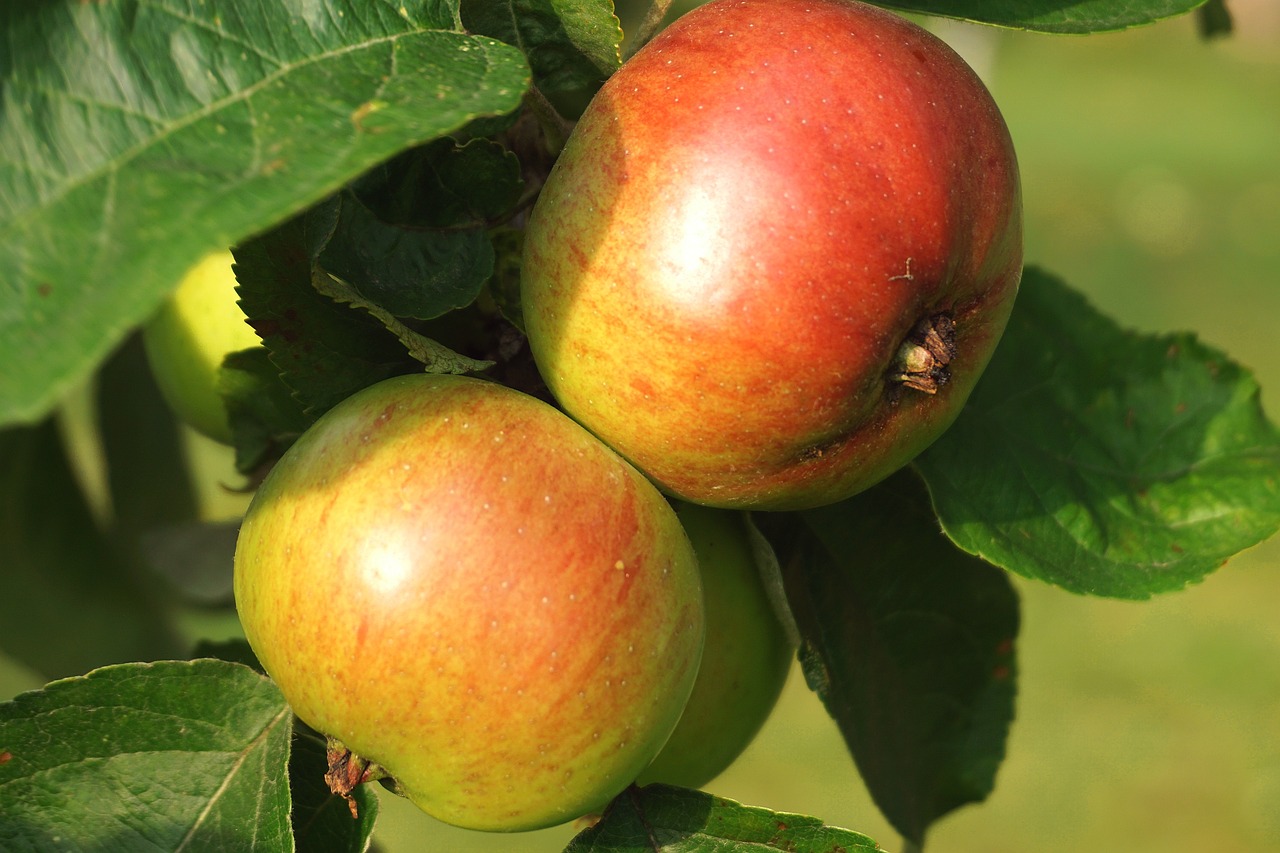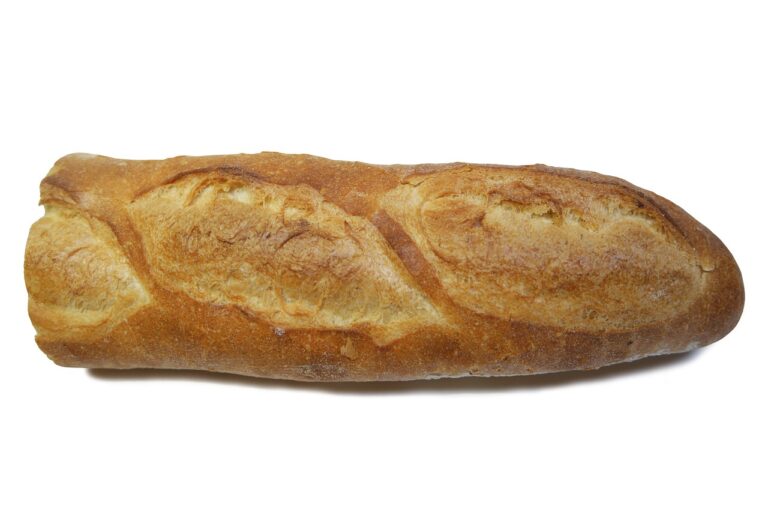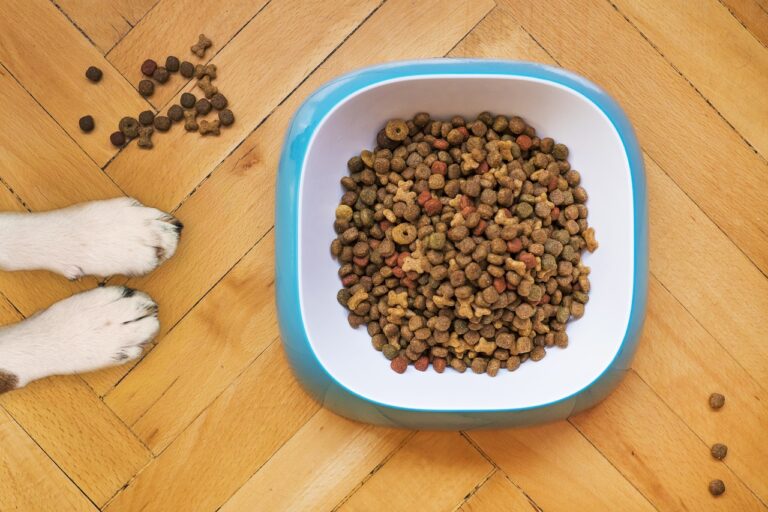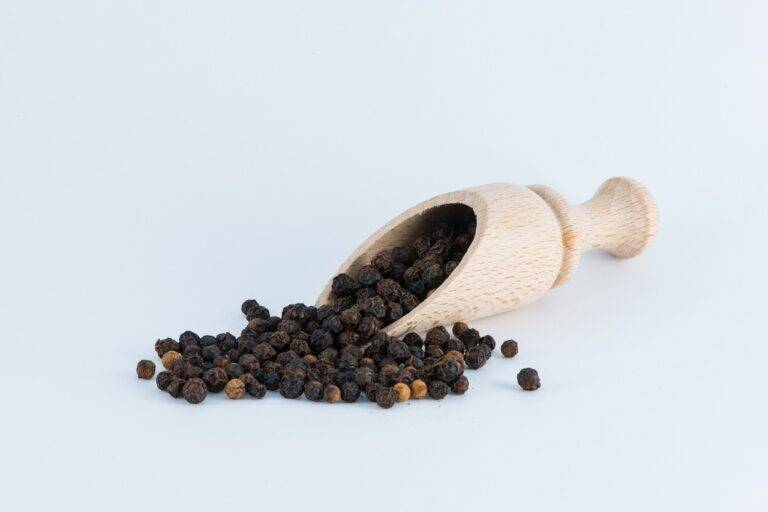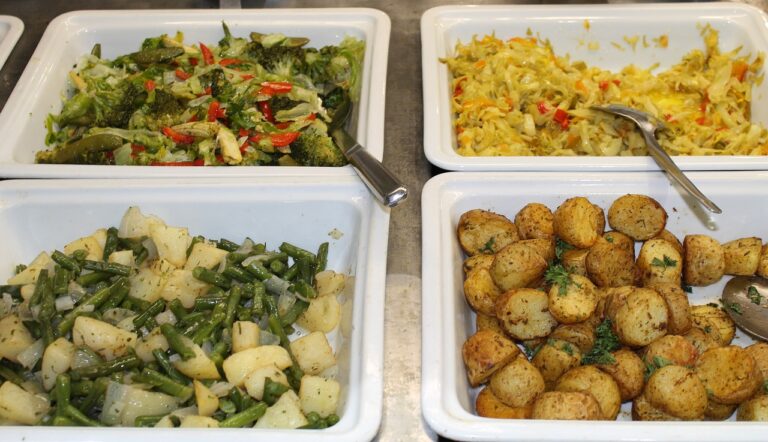Exploring the Paleo Diet: A Comprehensive Overview
The Paleo diet has gained significant popularity in recent years as a way to improve health, lose weight, and optimize overall well-being. This article will provide a comprehensive overview of the Paleo diet, including its principles, benefits, potential drawbacks, and how to get started.
What is the Paleo Diet?
The Paleo diet, also known as the caveman diet or Stone Age diet, is a dietary plan based on foods that would have been available to our ancestors during the Paleolithic era. This means focusing on whole, unprocessed foods while avoiding modern processed foods that are often high in refined sugars, grains, and unhealthy fats.
Principles of the Paleo Diet
The Paleo diet emphasizes consuming lean meats, fish, fruits, vegetables, nuts, and seeds while eliminating grains, dairy, legumes, processed sugars, and refined oils. By following this approach, proponents of the Paleo diet believe that it can improve overall health, reduce inflammation, promote weight loss, and enhance athletic performance.
Benefits of the Paleo Diet
There are several potential benefits associated with following a Paleo diet, including:
- Improved weight management
- Increased energy levels
- Reduced inflammation
- Better blood sugar control
- Improved gut health
Potential Drawbacks of the Paleo Diet
While the Paleo diet has many potential benefits, there are also some drawbacks to consider, such as:
- Restrictive nature may make it challenging to adhere to long-term
- Eliminating certain food groups may lead to nutrient deficiencies
- Increased cost due to focus on organic, high-quality foods
Getting Started with the Paleo Diet
If you’re interested in trying the Paleo diet, here are some tips to help you get started:
- Stock your kitchen with Paleo-friendly foods
- Meal prep to ensure you have healthy options readily available
- Focus on quality protein sources, such as grass-fed beef, wild-caught fish, and free-range poultry
- Eat plenty of fruits and vegetables to get important vitamins and minerals
- Avoid processed sugars, refined grains, and unhealthy fats
FAQs
What can I eat on the Paleo diet?
On the Paleo diet, you can eat lean meats, fish, fruits, vegetables, nuts, and seeds. You should avoid grains, dairy, legumes, processed sugars, and refined oils.
Is the Paleo diet suitable for everyone?
While the Paleo diet can be beneficial for many people, it may not be suitable for everyone. It’s essential to consult with a healthcare provider before making significant changes to your diet.
Can I lose weight on the Paleo diet?
Many people have successfully lost weight on the Paleo diet due to its focus on whole, nutrient-dense foods and elimination of processed junk foods. However, individual results may vary.
Is the Paleo diet sustainable long-term?
Some people find the Paleo diet sustainable long-term, while others may struggle with the restrictive nature of the diet. It’s essential to find a dietary approach that works best for your lifestyle and health goals.
Are there any risks associated with the Paleo diet?
While the Paleo diet is generally considered safe for most people, there are some risks, such as potential nutrient deficiencies if not carefully planned. It’s crucial to ensure you’re getting a balance of essential nutrients while following the Paleo diet.
Can I eat out on the Paleo diet?
Eating out on the Paleo diet may require some planning, but many restaurants offer Paleo-friendly options, such as grilled meats, salads, and vegetable sides. You can also ask for modifications to menu items to make them more Paleo-friendly.
By following the principles of the Paleo diet and making informed food choices, you can experience the potential health benefits associated with this dietary approach. Remember to consult with a healthcare provider or nutritionist before making significant changes to your diet to ensure it’s the right choice for you.

